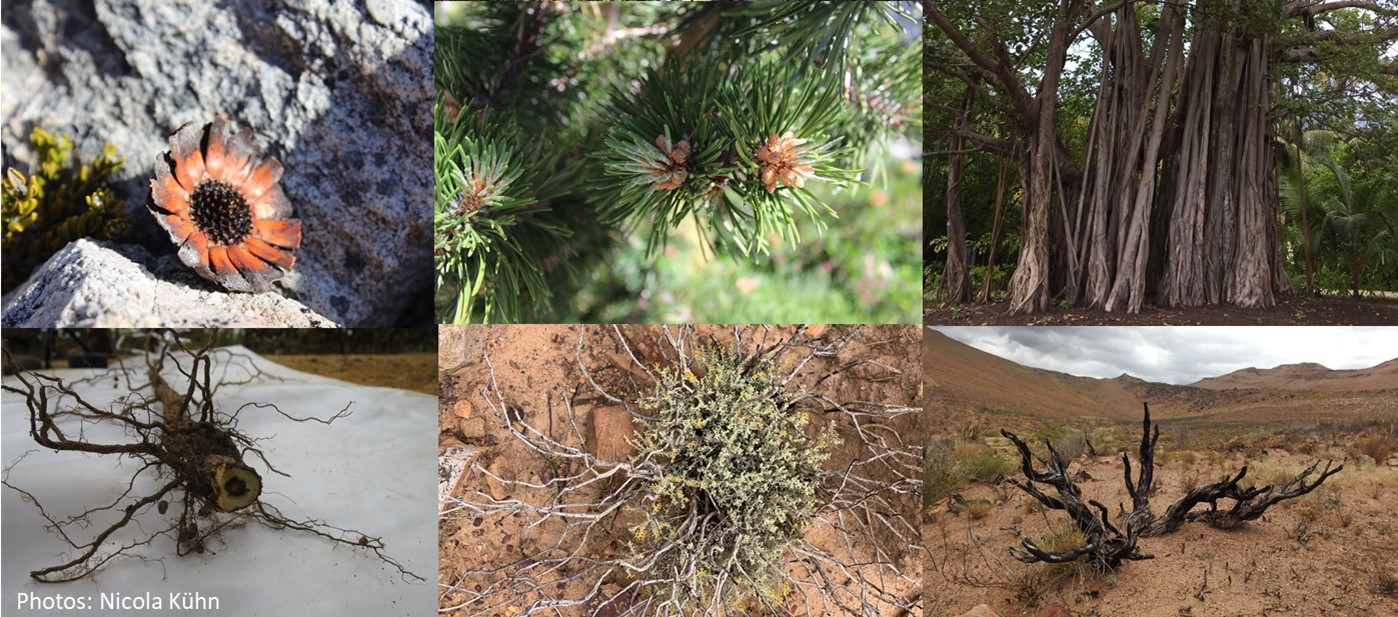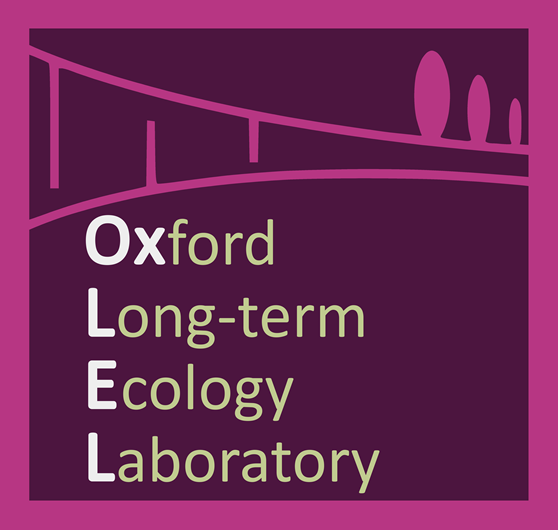The value of systematic evidence synthesis for land use decision-making and practice
November 9, 2021
Systematic evidence syntheses were adopted in environmental management and conservation in 2006 “to promote and deliver evidence syntheses on issues of greatest concern to environmental policy and practice as a public service.” Since then, the tools developed within the environment community for assembling and analysing the evidence base of relevance to these great public concerns have slowly filtered out to other related disciplines.
The Oxford Long-term Ecology lab has long supported the systematic mapping and reviewing of evidence for questions central to the interests of the lab group and pioneered an interactive systematic evidence map tool that has been used in diverse contexts.
A recent Special Issue in the journal Forests brought together nine papers covering a broad range of topics, each using systematic evidence synthesis to help illuminate current problems in forestry, land-use and related subjects. The Special Issue was Edited by Gillian Petrokofsky of OxLEL and Sini Savilaakso of the University of Helskini, Finland. Gill and Sini were colleagues in CIFOR’s Evidence Based Forestry initiative, which first sought to promote systematic reviews to the forestry community and to teach good practice in systematic synthesis.
The editorial for the Special Issue describes the main differences between the most usual type of literature review in the published literature – the ‘non-systematic’ review- and systematic evidence reviews, of which the two most common are systematic reviews and systematic maps.
| Feature | Systematic map | Systematic review | Non-systematic review |
| Purpose | Determining the evidence base and knowledge gaps | Determining the impact of management / environmental exposure | Variable |
| Question | Often broad in scope | Mostly a focused question | Often broad in scope |
| Sources and search | Comprehensive sources and explicit search strategy | Comprehensive sources and explicit search strategy | Not usually specified, potentially biased |
| Selection of articles | Criterion-based selection, uniformly applied | Criterion-based selection, uniformly applied | Not usually specified, potentially biased |
| Appraisal | Usually not applied owing to the purpose of systematic maps | Critical appraisal | Variable |
| Synthesis | Narrative synthesis | Quantitative summary (can be meta-analysis) | Often a qualitative summary |
Three of the papers in the Special Issue were authored by members of OxLEL and they all represent important current questions where policy advice is unclear or contested:
Matthew Jordon led a review team comprising three current and one former associateof OxLEL which systematically mapped the evidence on temperate agroforestry in ruminant livestock farming. The evidence base indicates that introducing agroforestry in sheep and cattle farming systems has the potential to sequester carbon, reduce soil erosion, and improve water quantity and quality regulation. Possible trade-offs and synergies between agroforestry system types and the delivery of environmental and productivity benefits are suggested for future research (Jordon MW, Willis KJ, Harvey WJ, Petrokofsky L, Petrokofsky G. Implications of Temperate Agroforestry on Sheep and Cattle Productivity, Environmental Impacts and Enterprise Economics. A Systematic Evidence Map. Forests. 2020; 11(12):1321. https://doi.org/10.3390/f11121321)
William Harvey and five co-authors, four of whom are current or former OxLEL members, produced the first use of a systematic evidence synthesis in forest palaeoenvironmental studies. The evidence base records published palaeoecological proxies for environmental variables (including charcoal, diatoms, phytoliths) in the Central American Isthmus. The interactive evidence map makes available information about past land cover and land use for future research on palaeoenvironmental science and also for land use policy in the region where climate change, fire and drought are key challenges. It highlights some significant evidence gaps which could guide future primary research in this field.( Harvey WJ, Petrokofsky G, Stansell N, Nogué S, Petrokofsky L, Willis KJ. Forests, Water, and Land Use Change across the Central American Isthmus: Mapping the Evidence Base for Terrestrial Holocene Palaeoenvironmental Proxies. Forests. 2021; 12(8):1057. https://doi.org/10.3390/f12081057
Gill Petrokofsky and co-authors from OxLEL and a colleague in the World Bank, now at the National University of Ireland, dug into the knotty problem of what is known about the much-vaunted benefit to women of saving time through transitioning to cleaner energy from wood fuel or charcoal in cooking. They found little evidence that research has done more than record the fact of time saved; very few studies have asked whether the time saved is spent on improving education or earning potential, or enabling a reduction in drudgery. There was even evidence that time saved on cooking was spent on other household tasks and not on improving women’s lives through education or income generation. (Petrokofsky G, Harvey WJ, Petrokofsky L, Ochieng CA. The Importance of Time-Saving as a Factor in Transitioning from Woodfuel to Modern Cooking Energy Services: A Systematic Map. Forests. 2021; 12(9):1149. https://doi.org/10.3390/f12091149.
Also on the Blog...
Globally important plant functional traits for coping with climate change
By Nicola Kühn on December 1, 2021

“Look closely at nature. Every species is a masterpiece, exquisitely adapted to the particular environment in which it has survived.” E.O.Wilson From the early Greek philosophical musings of Empedocles and Aristotle ... Continue reading
The value of systematic evidence synthesis for land use decision-making and practice
By Dr Gillian Petrokofsky on November 9, 2021
Systematic evidence syntheses were adopted in environmental management and conservation in 2006 “to promote and deliver evidence syntheses on issues of greatest concern to environmental policy and practice as a ... Continue reading
Do flying cows have to pay a carbon offset?
By Professor Katherine J. Willis on October 26, 2021
Last week I learnt an interesting fact relating to carbon offsets when flying – if you fly business class you need to pay x 2.5 more carbon offset because of ... Continue reading
Ancient Plants, New Approaches
By Anna Lee-Jones on September 29, 2021
Encased within the unique Ryhnie Chert fossil system are some of the best-preserved early land plants in the world. Using pioneering digital technologies, we were able to reveal the developmental ... Continue reading
The Spanish Conquest & the Forests of Guatemala.
By Dr. William J. Harvey on July 12, 2021
Following the Spanish conquest of the territory that is now modern Guatemala (1524–1541 CE), the anthropogenic use of land use was radically transformed to support livestock husbandry, agriculture, large-scale timber extraction, mining, ... Continue reading
